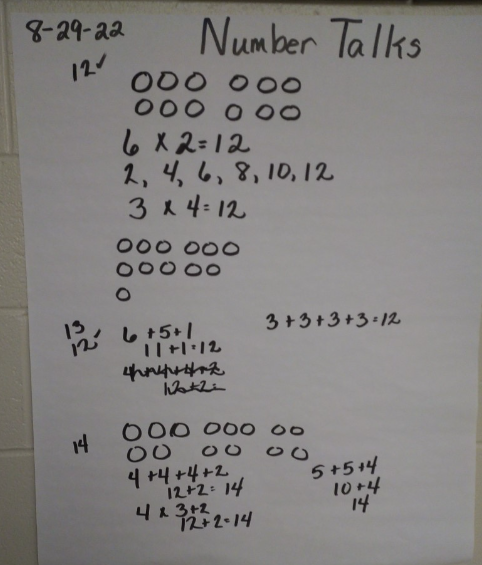Delicious Tea on The Hill
Welcome back once again to the Tea on the Hill! I must admit this Tea has been delicious lately. I brought some lemon to put on our cup as we sat back in the shade and enjoyed this ice-cold Arnold Palmer. While we gossip more about The Hill because we are doing Place Values this week. Once again, we have two students presenting again, and this time you're going to be a little shocked when I tell you who presented. Ms. Arianna Fletcher, Miss Alabama Agriculture & Mechanical University is an elementary education major, Pre-service Teacher, and a Senior here on campus. I know that Tea was good and cold going down because you weren't expecting that. I know you weren't. It’s okay; she presented today on place values which was her first time presenting. The problem she presented to the class today was 360 + 275, which is 635. She asked who would like to defend the answer, but before she asked, another student said, “ my answer is 615” then the student ca...


